Aquatic Center Marketing (EPUB)
| Edition |
1st |
|---|---|
| File size |
58.9 MB |
| Format |
EPUB |
| ISBN |
1492526266, 1492572667, 9781492526261, 9781492572664 |
| Language |
English |
| Published Year |
2018 |
| Publisher |
Human Kinetics |
- Best Price Guaranteed
- Best Version Available
- Free Pre‑Purchase Consultation
- Immediate Access After Purchase
$45.00 Original price was: $45.00.$23.00Current price is: $23.00.
Categories: Sport Medicine
swimming Center Marketing is necessary if you want to significantly increase the growth and promotion of your swimming facility. Written by a seasoned professional whose creative marketing strategy has won multiple national and international accolades, this book offers useful, reasonably priced, and creative marketing concepts for any aquatic facility, regardless of size or type.
Whether you manage a commercial property or a municipal pool, the tried-and-true methods of aquatic center marketing can help your establishment succeed:
• Expand the number of members
• Encourage attendance to keep visitors returning for more
• Create a community perception of your facility.
• Stress the importance of aquatics as a fun, lifetime pastime.
There are chapters covering subjects including guest communications, market development, brand management, and how to function well with little money. Find out how your facility’s layout and signage can draw visitors in and keep them coming back all season long. Learn how to make the most of your social media and electronic initiatives, as well as how to use entertaining themes and events to draw in particular groups. After that, see real-world instances in case studies and narratives that illustrate the useful solutions in action.
Make your aquatic facility a success by giving your customers experiences they won’t soon forget. Anyone in charge of an aquatic facility may rapidly implement the realistic, useful suggestions in Aquatic Center Marketing to expand the business and boost revenue.

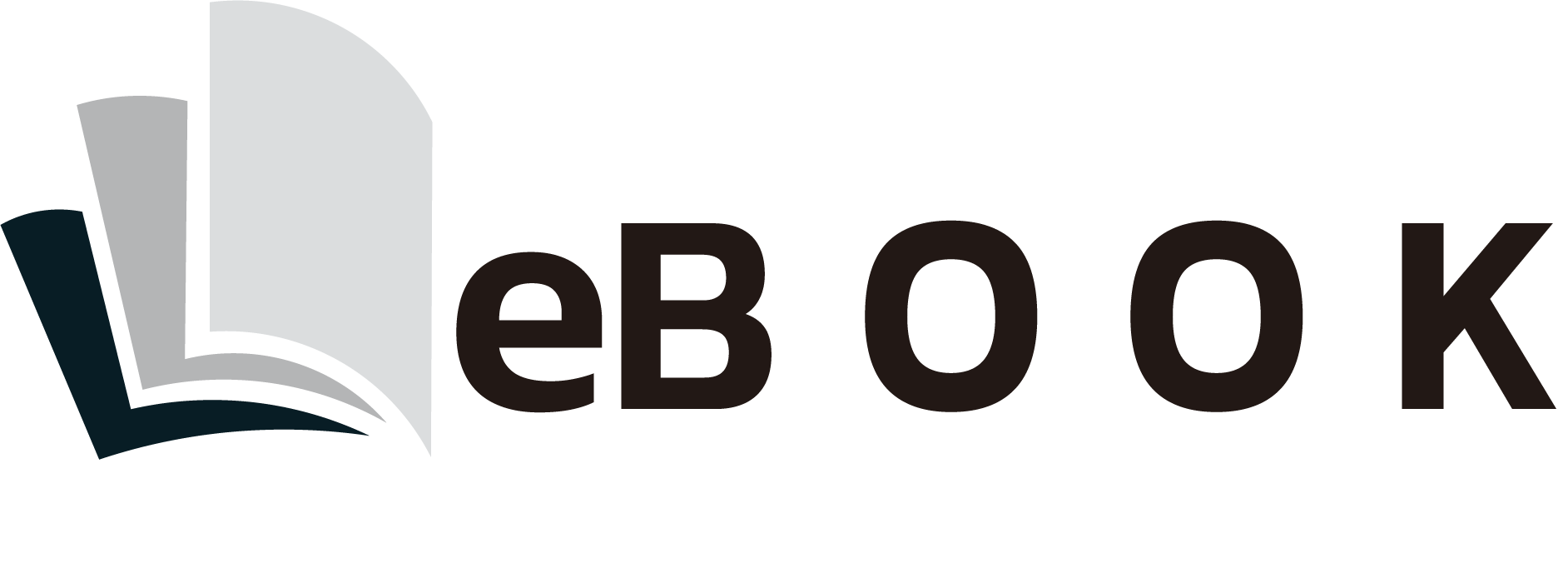

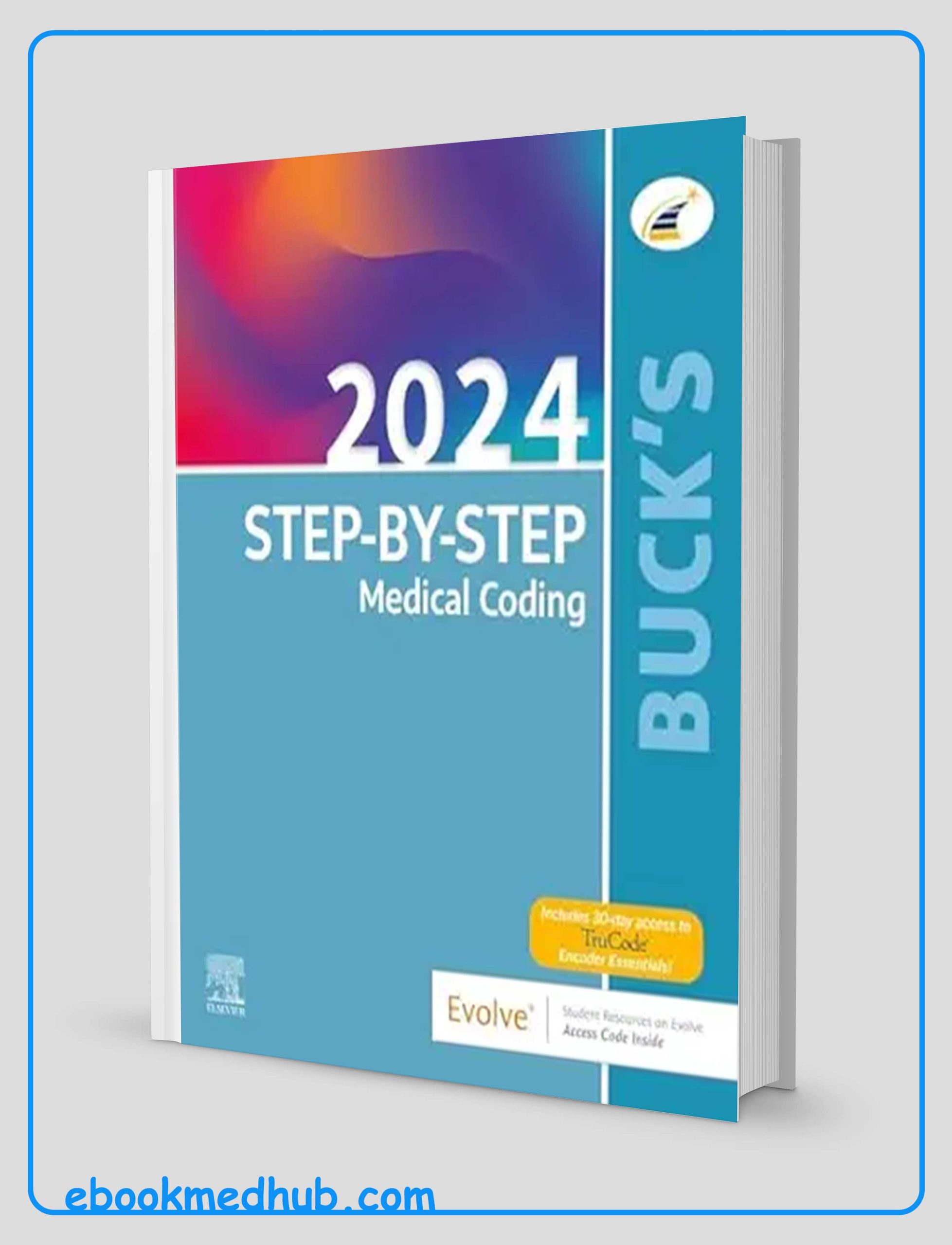
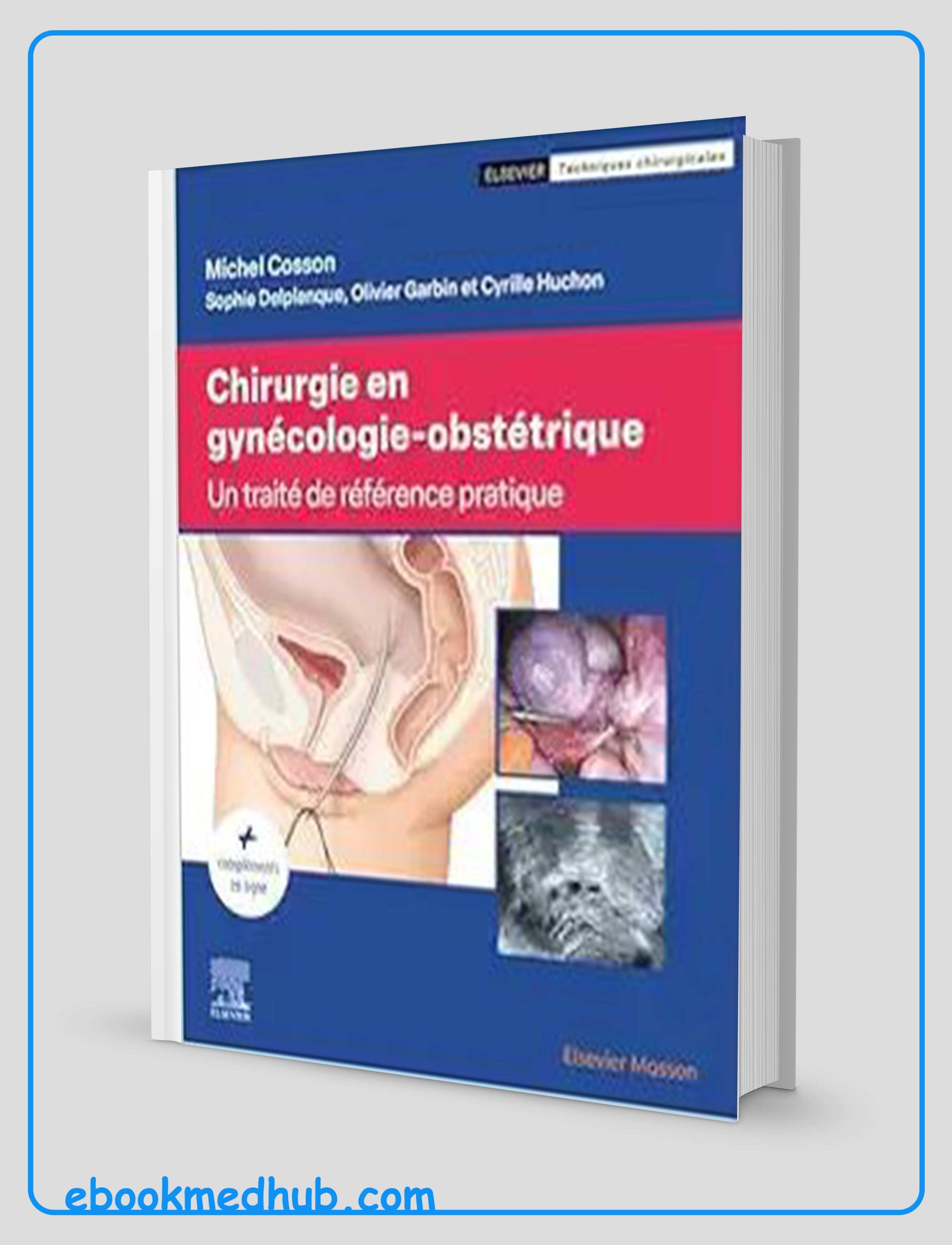

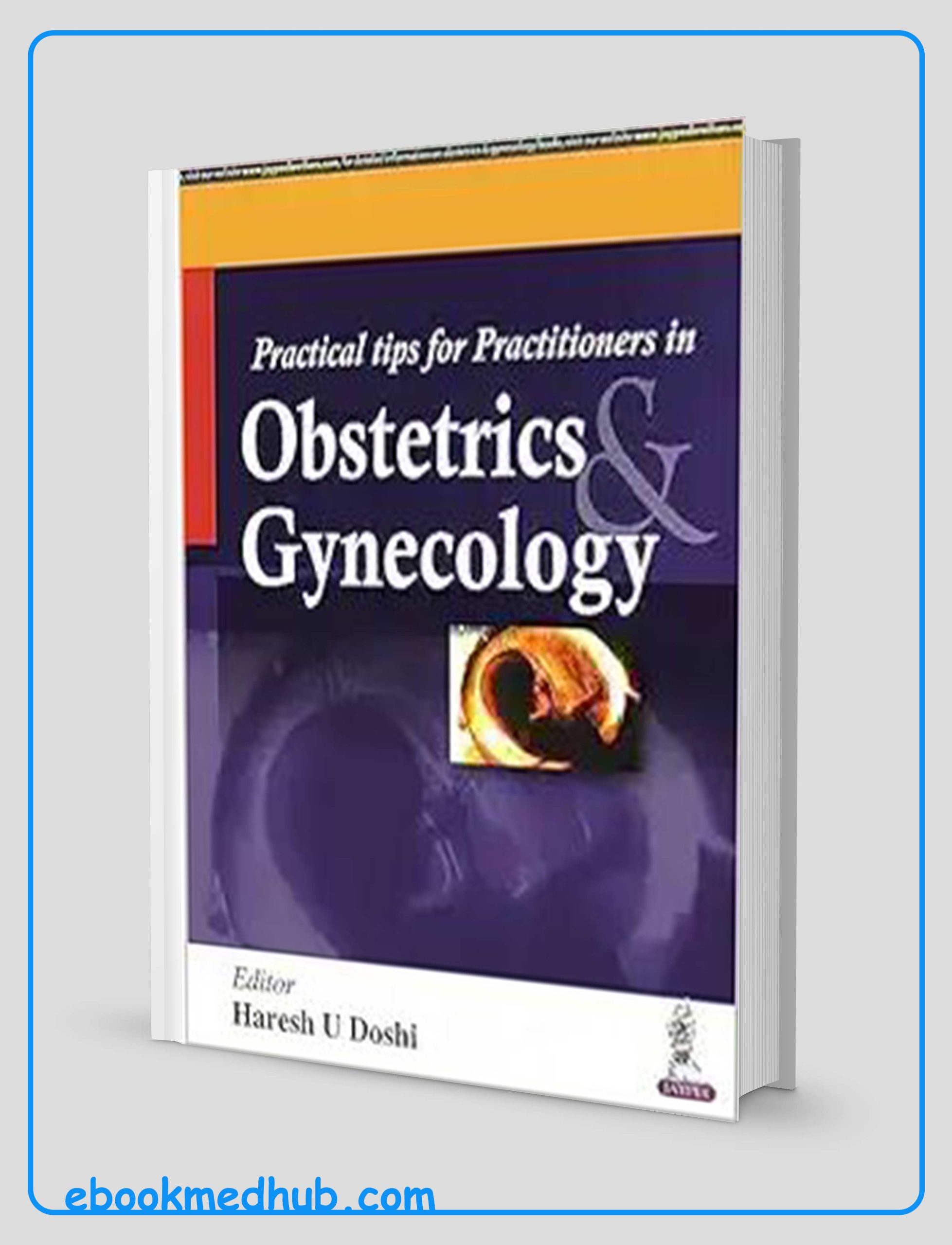


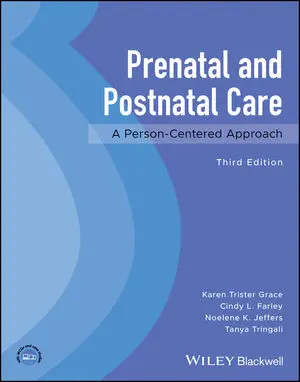
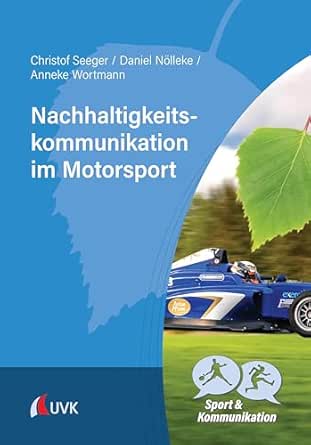

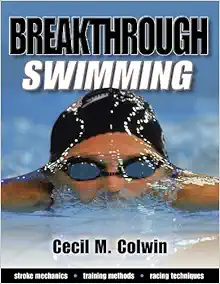

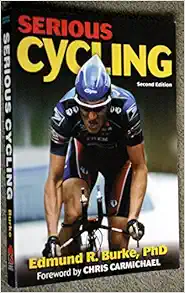
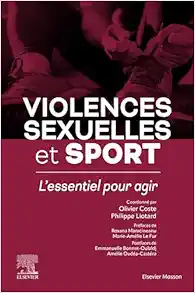

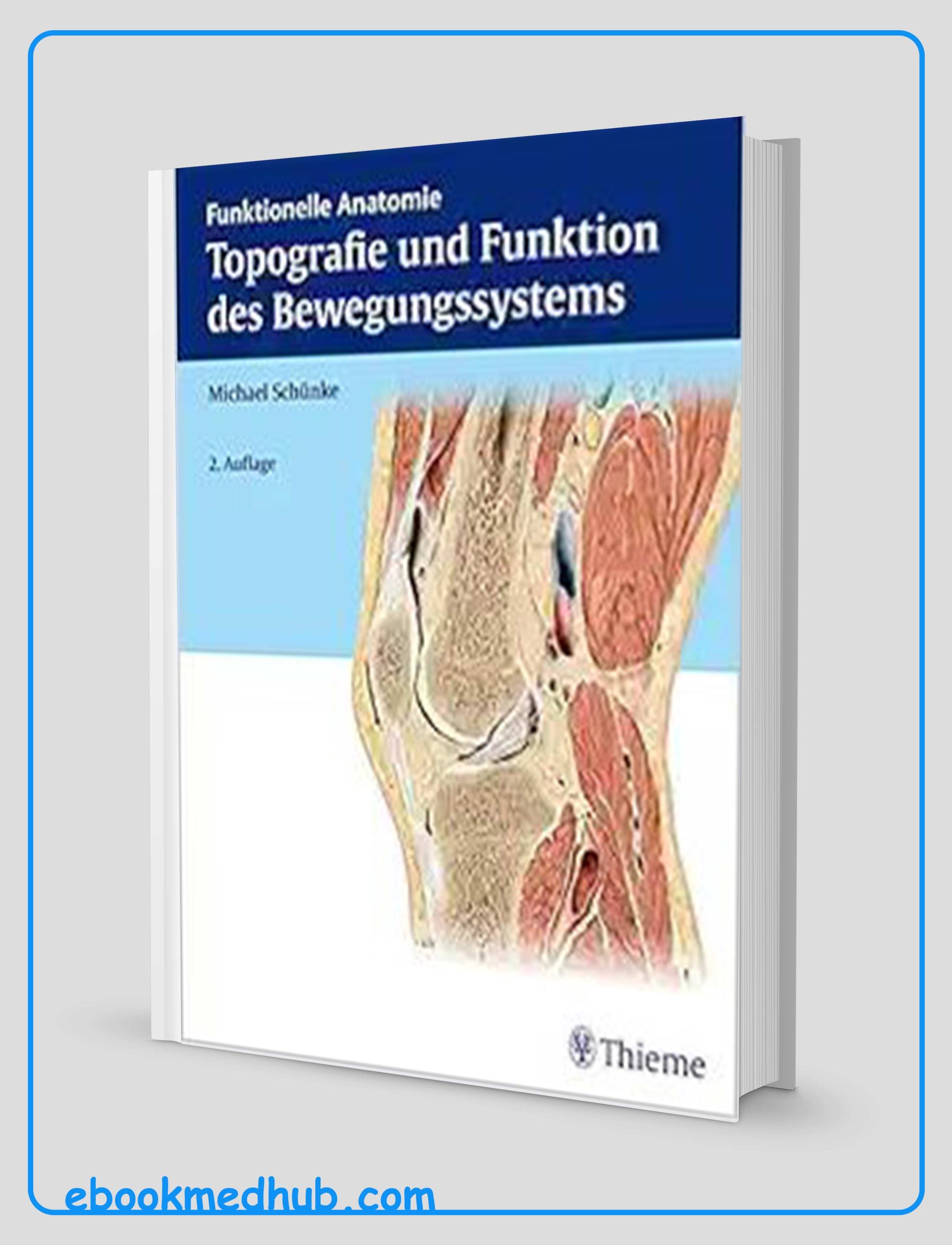


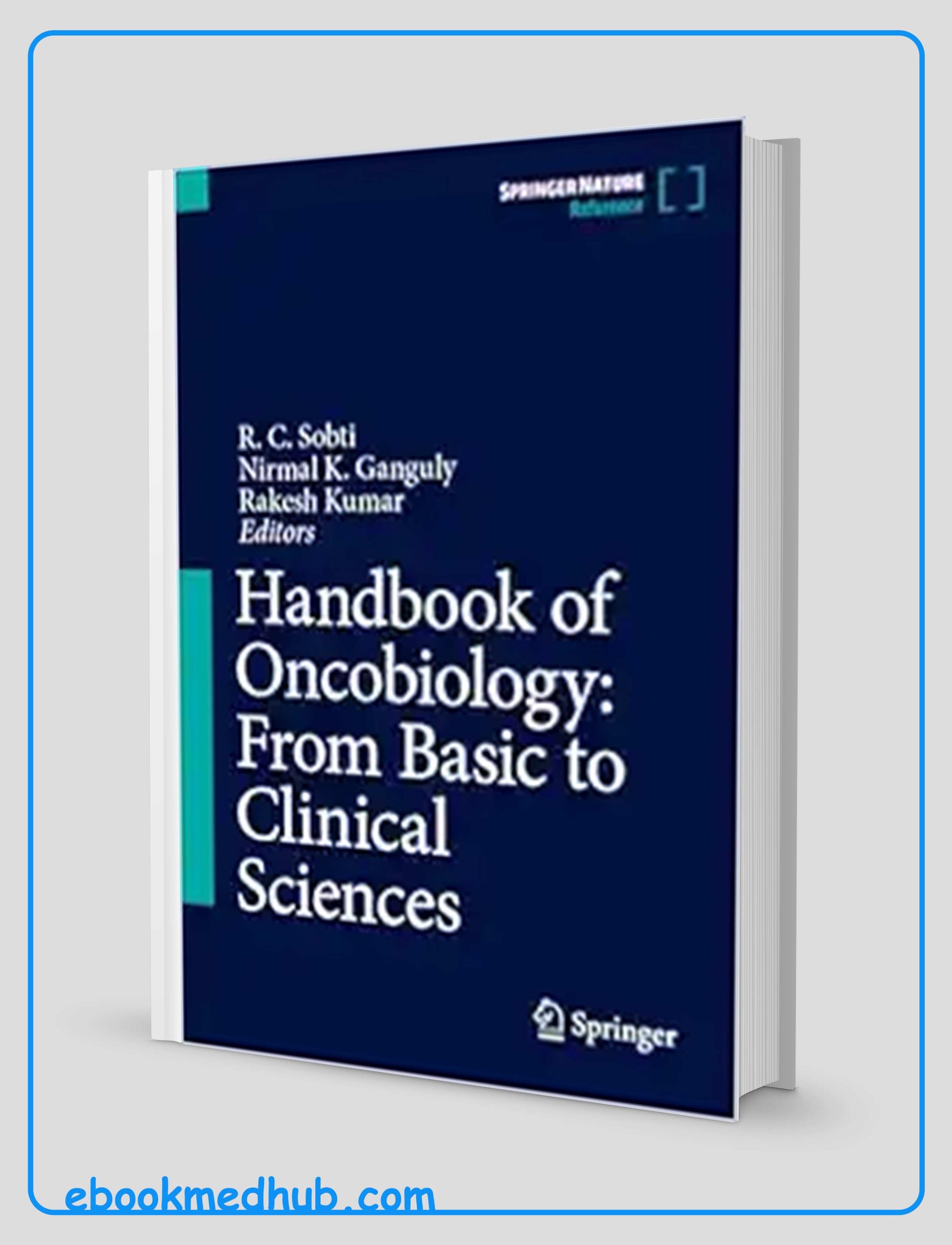
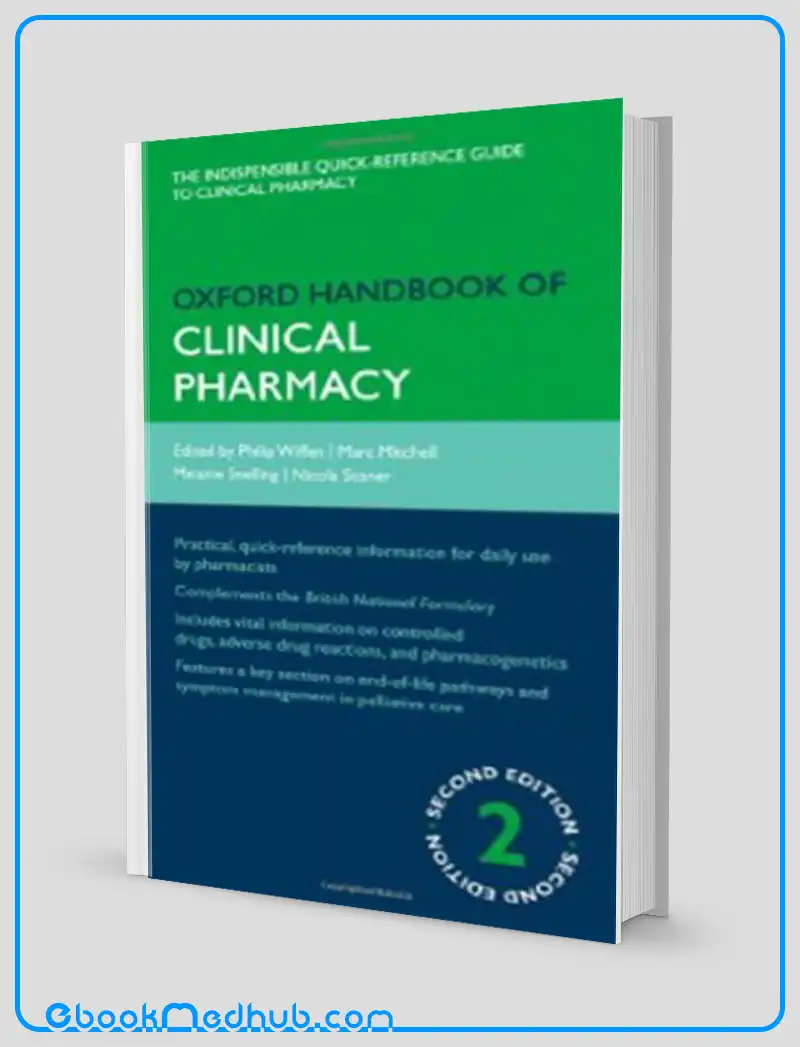




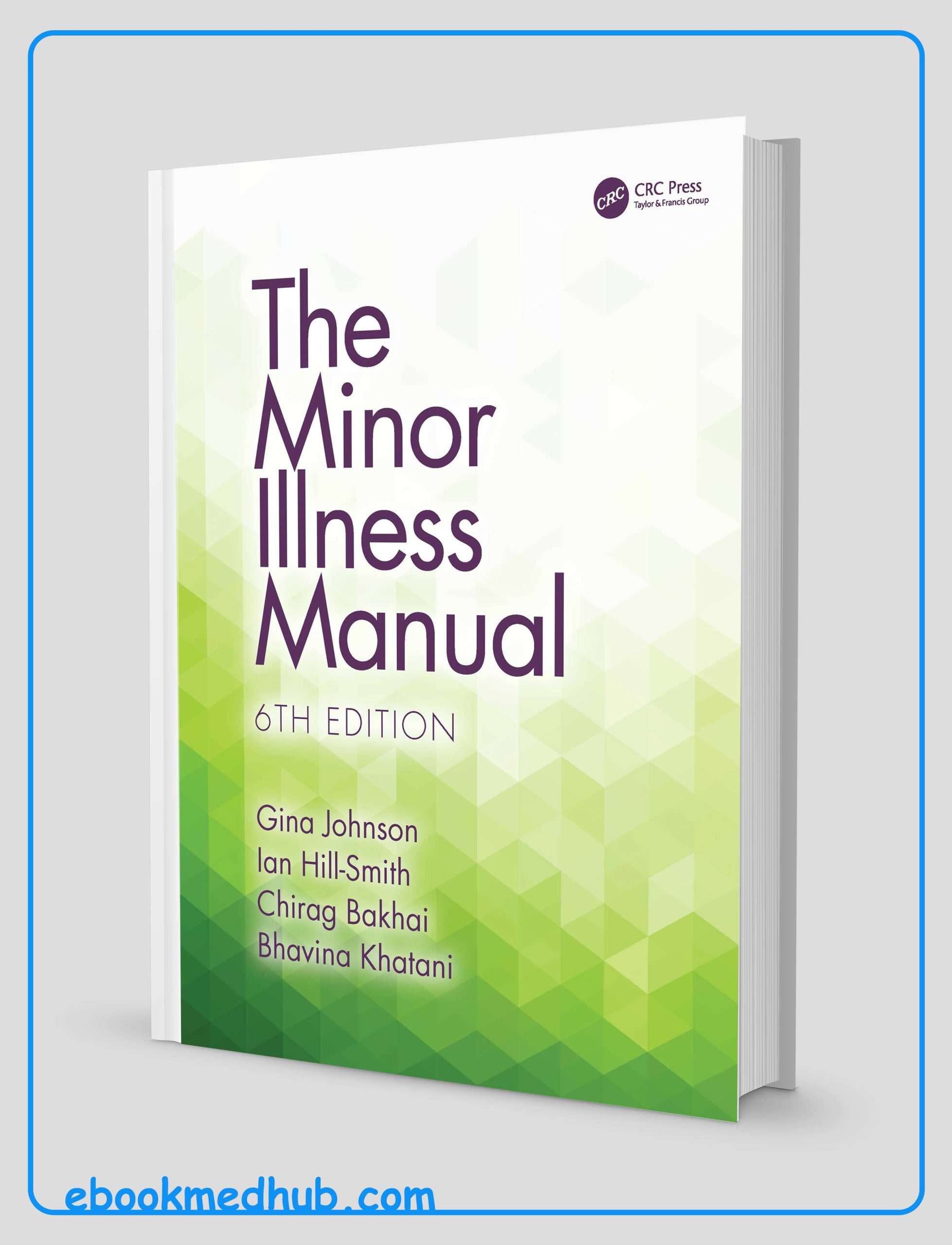
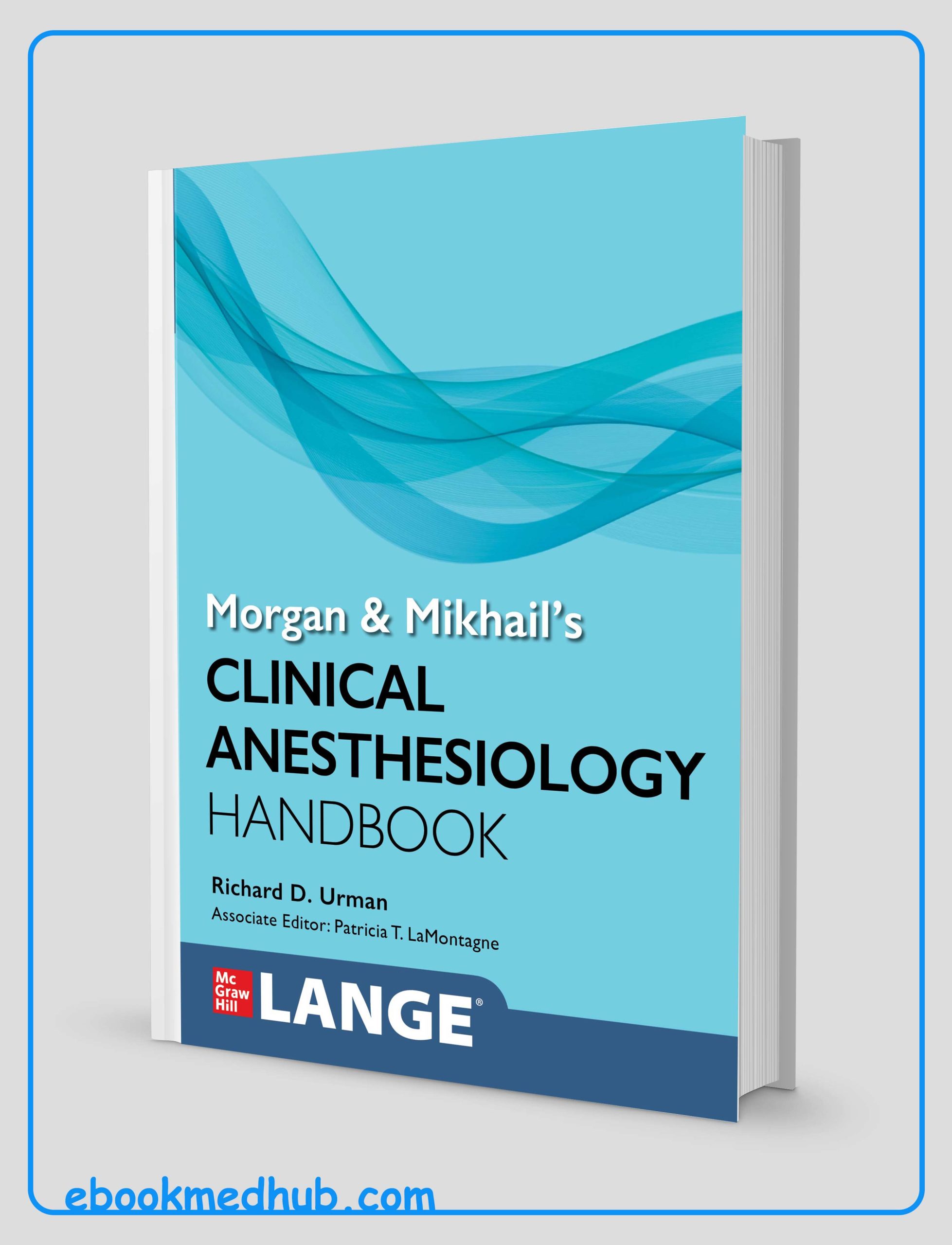
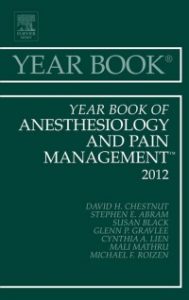
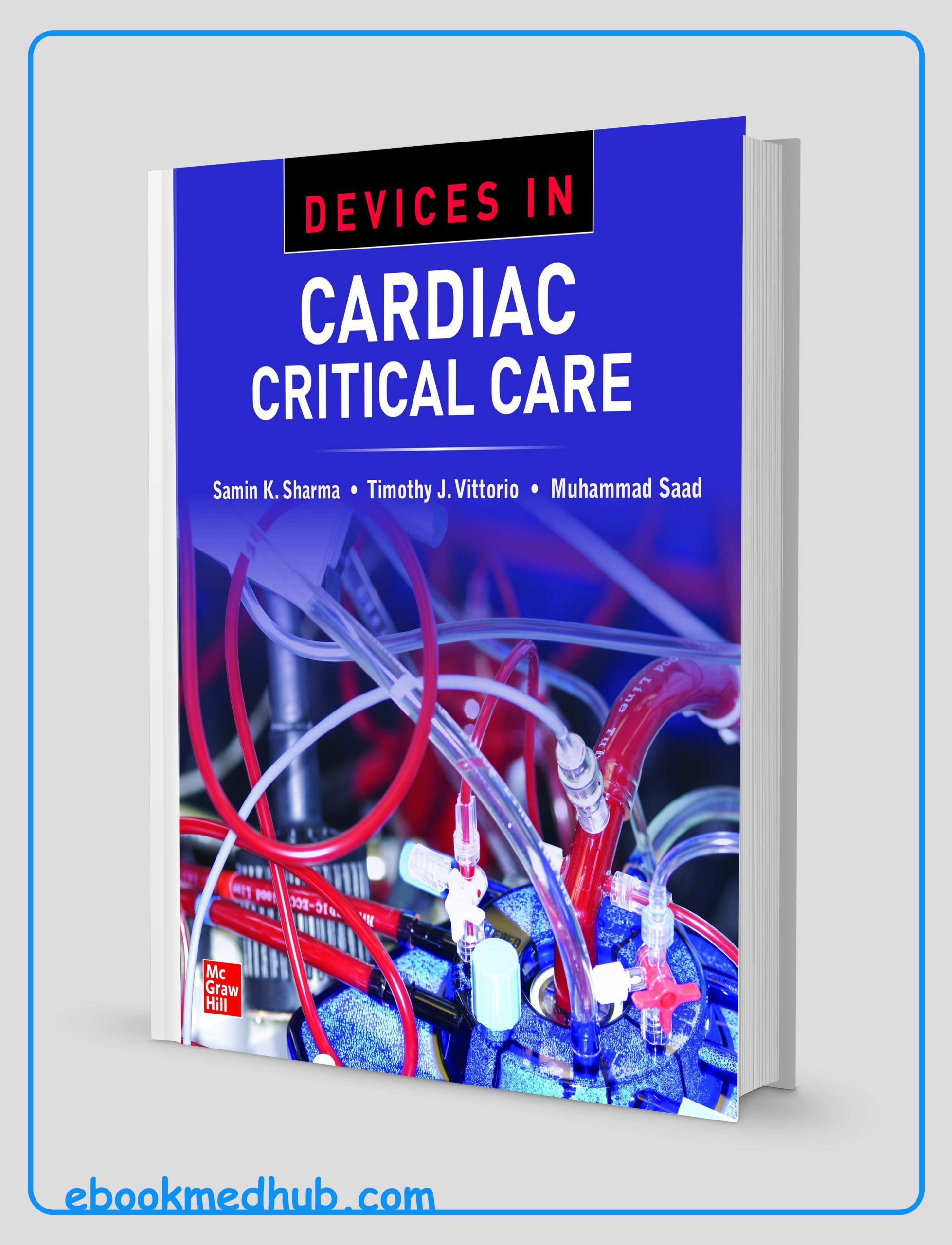
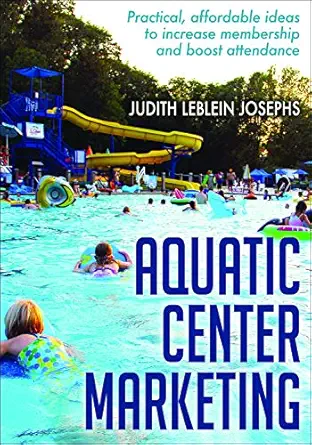
Reviews
There are no reviews yet.